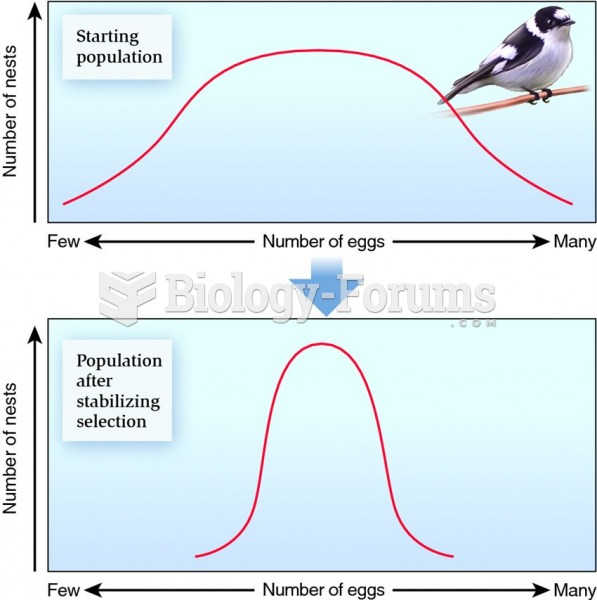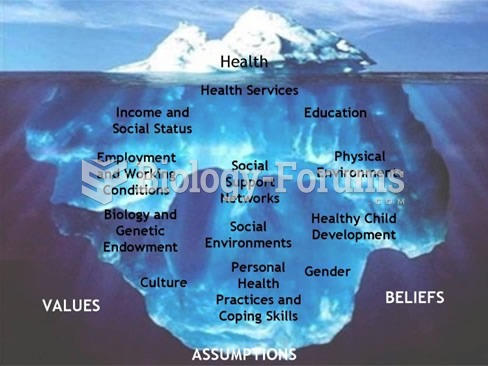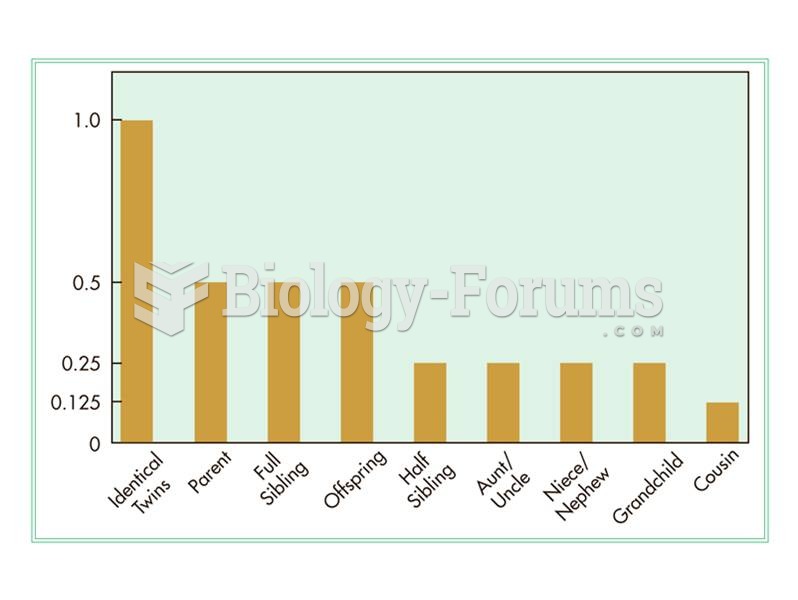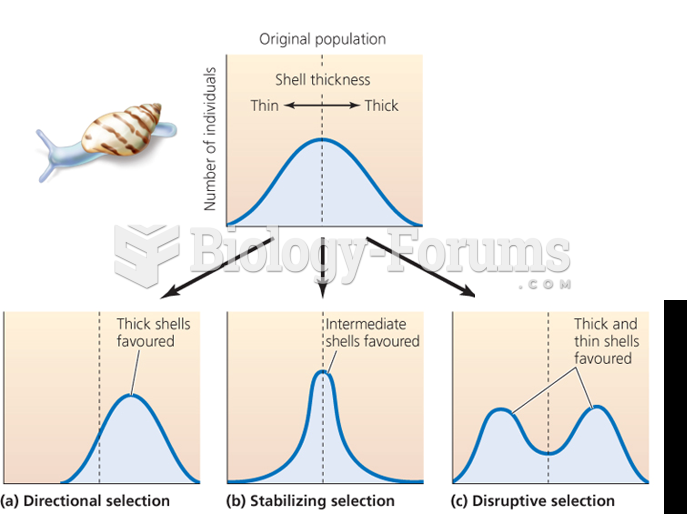Answer to Question 1
A critical transportation management issue is modal selection; it affects how quickly and efficiently products will flow across portions of the supply chain. If an organization has determined that controlling the transportation process and using external service providers (for-hire carriers or 3PLs) are in its best interest, it must then determine which mode(s) of transportation to use. Choosing among the six modal options is a function of three factorsmodal capabilities, product characteristics, and modal freight pricing.
All modes provide the same basic service of moving freight from point to point in the supply chain. However, the modes serve different customer requirements and goods in terms of value, tonnage, and ton-miles. The reason for the different uses is that each mode has unique attributes and capabilities that impact its ability to serve specific customer requirements.
Numerous studies have been conducted over the years to identify the most important performance capabilities in modal selection. These studies commonly identify accessibility, transit time, reliability, and product safety as the key determinants in choosing a mode. Of course, cost is another critical consideration in modal selection.
Accessibility determines whether a particular mode can physically perform the transport service required. Accessibility considers the mode's ability to reach origin and destination facilities and provide service over the specified route in question. The geographic limits of a mode's infrastructure or network and the operating scope that governmental regulatory agencies authorize also affect accessibility. Accessibility problems often eliminate a mode from consideration during the selection process.
Accessibility advantage: Given the road networks in most countries, motor carriage is more accessible to sellers and buyers than any other mode for domestic transportation.
Accessibility disadvantage: Air, rail, and water. All face accessibility limitations due to infrastructure issues. Still, all three modes serve virtually every major market thanks to intermodalism.
Transit time is the total elapsed time that it takes to move goods from the point of origin to the destination (i.e., door to door). This includes the time required for pickup activities, terminal handling, linehaul movement, and customer delivery. Companies typically monitor average transit time for their service providers. Transit time is impacted by the speed of the mode and the ability of the mode to handle pickup and delivery responsibilities.
Transit time advantage: Air transportation is very fast for the linehaul move but loses some velocity as pickup and delivery activities must be handled by truck. Motor carriage is also relatively fast because it can provide more direct movement from origin to destination far more often than any other mode.
Transit time disadvantage: Rail, water, and pipeline are extremely slow with average transit speeds of 22 miles per hour, 59 miles per hour, and 34 miles per hour, respectively.
Reliability is a critical issue. Many companies feel that transit time reliability is more important than speed as it impacts their ability to plan supply chain activities. Reliability refers to the consistency of the transit time provided by a transportation mode. It is easier to forecast inventory needs, schedule production, and determine safety stock levels if it is known with some certainty when goods will arrive.
Reliability is measured by the statistical variation in transit time.
Modal reliability is impacted by a variety of factors including equipment and labor availability, weather, traffic congestion, freight-handling requirements, number of terminal stops involved, and other factors. Internationally, reliability is impacted by distance, port congestion issues, security requirements, and border crossings, especially when the two countries do not have a proactive trade agreement.
Reliability advantage: Motor carriers and air carriers, as they are the most reliable (variability relevant to average transit time).
Reliability disadvantage: Water carriers and rail carriers. With capacity and congestion challenges, they have become less consistent. As a result, some customers have reduced their use of these modes when possible.
Product Safety Safety is critical to the achievement of customer service, cost control, and supply chain effectiveness. From a safety standpoint, goods must arrive at the destination in the same condition they were in when tendered for shipment at the origin. Proper precautions must be taken to protect freight from loss due to external theft, internal pilferage, and misplacement, as well as damage due to poor freight-handling techniques, poor ride quality, and accidents. Safety is often pursued through substantial protective packing.
Safety advantage: Air transportation and motor carriage have the best reputations for product security. Their equipment provides excellent ride quality and protection from the elements. Faster transit times also reduce the opportunity for theft and other mishaps.
Safety disadvantage: Rail and water face significant challenges to maintaining product integrity. Goods moving via rail encounter a great deal of vibration, swaying, and jarring. Water transportation often exposes goods to the elements, excessive movement, and rough handling during the loading and unloading processes.
Cost The cost of transportation is an important consideration in the modal selection decision, especially when a low-value commodity needs to be moved. Transportation costs include the rate for moving freight from origin to destination plus any accessorial and terminal fees for additional services provided. Examples of these additional costs include inside delivery to a retailer located inside a mall, packing freight in crates for international delivery, or setting up a delivery of furniture in a residential location. A number of factors are taken into consideration when freight rates are developed, including weight of the shipment, distance from origin to destination, nature and value of the product, and the speed required.
Cost advantage: The cost of transportation service varies greatly between and within the modes. In general, pipeline, water, and rail service are low cost transportation methods. The tradeoff, of course, is slow speed, which forces a company to hold a greater level of inventory to meet demand during these longer transit times.
Cost disadvantage: Motor carriage and air transportation are high-cost modes compared to the others. On average, motor carriage is about 10 times more expensive than rail, and air service is more than twice the cost of motor carriage.
Given the varying capabilities and cost of each transportation mode, it is obvious that modal selection is not a quick and easy process.
Answer to Question 2
T







